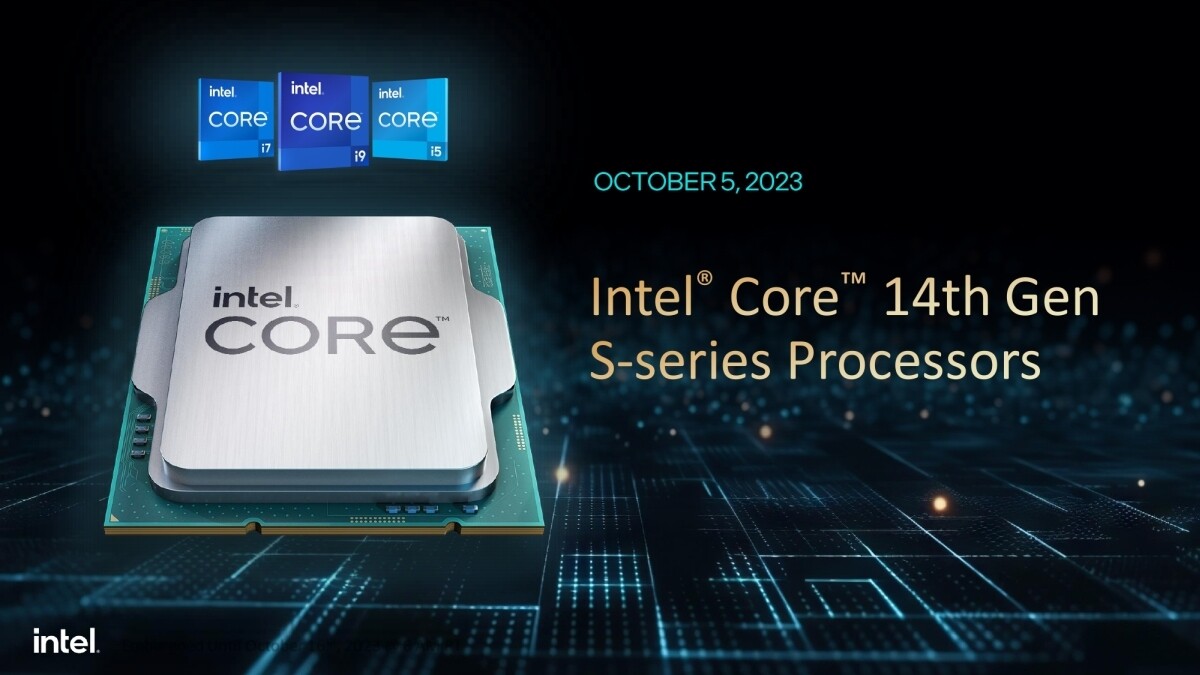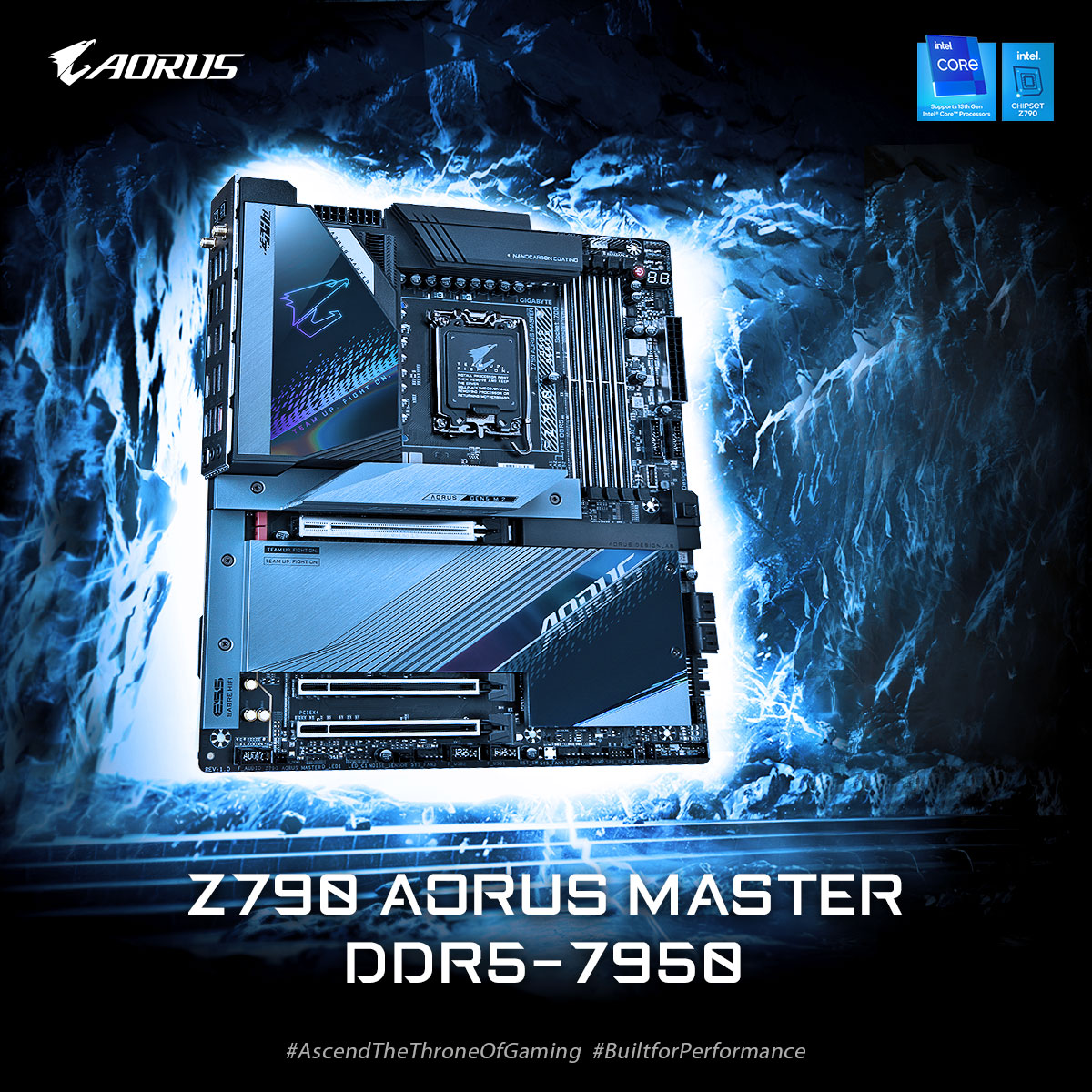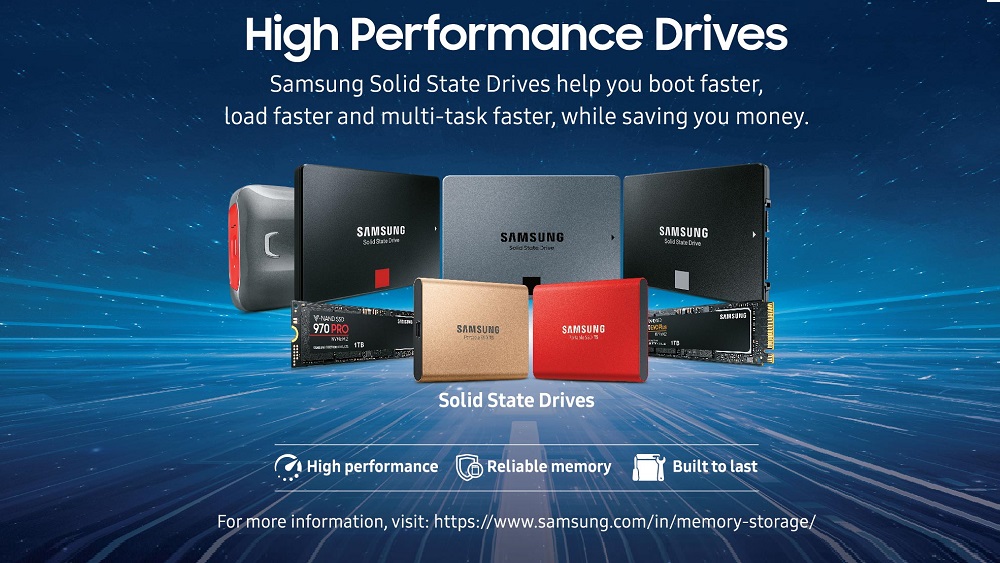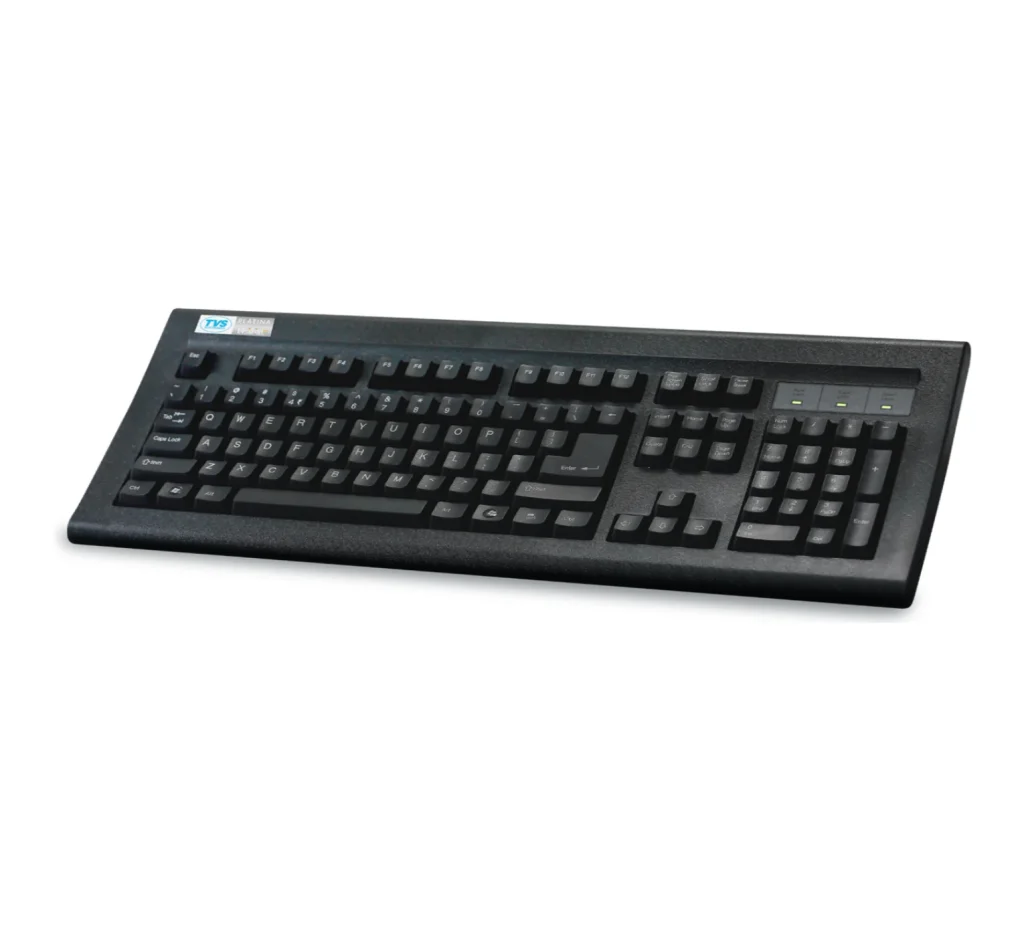Introduction
Since its inception, typing has evolved greatly, moving from manual typewriters to sleek, contemporary keyboards. This trip across time represents both the evolving demands and interests of consumers as well as technological improvements. We shall examine the development of typing in this historical review, paying particular attention to the venerable TVS Gold Mechanical Keyboard.
Hand Typewriters in the Early Days:
The first usable typewriter was created in 1868 by Christopher Latham Sholes, marking the beginning of typing history. These early typewriters had a set of keys that struck an inked ribbon to put characters onto paper; they were entirely mechanical. The alphabetical arrangement provided inspiration for the key layout, which resulted in the now-familiar QWERTY keyboard.
For many years, manual typewriters were the mainstay of homes and offices. They produced a satisfying click-clack sound as users punched each key. The unique typing experience of that era was partly attributed to the mechanical nature of these devices, which required a certain amount of physical exertion.
The Transition to Electric Typewriters:
Electric typewriters appeared in the middle of the 20th century, automating and speeding up the typing process. The typebars were moved by these devices using electrical power, which lessened the typists’ need for manual labor. Typing technology advanced significantly with the switch from manual to electric typewriters, making it more widely available and effective.
Introduction to Keyboards in the Computer Age:
Computer keyboards were developed in response to the necessity for a specific input device as computers became more widely used. These early keyboards were still set up with the QWERTY keyboard layout, just like typewriters. But electronic switches took the place of the mechanical linkages, ushering in a new era of typing.
A Contemporary Classic Is the TVS Gold Mechanical Keyboard:
During the digital revolution, mechanical keyboards became more and more popular again. In this category, the TVS Gold Mechanical Keyboard sticks out as a contemporary classic. Typing fans and pros alike have fallen in love with the TVS Gold Mechanical Keyboard because of its robust design, tactile feedback, and pleasurable key presses.
Premium mechanical switches, like those on the TVS Gold Mechanical Keyboard, give each keystroke a unique sensation and audible click. The tactile feedback evokes memories of vintage mechanical typewriters, providing users who value the allure of vintage keyboards with a nostalgic typing experience.
Key features of the TVS Gold Mechanical Keyboard:
Mechanical Switches: The TVS Gold keyboard has mechanical switches that improve typing with a tactile bump and audible click.
Durability: The TVS Gold Mechanical Keyboard is renowned for its endurance and is made of sturdy materials, making it a dependable option for consumers that require a long-lasting and durable keyboard.
N-Key Rollover: This function lets users hit several keys at once, making sure that all of your fast-paced typing or gaming sessions are accurately recorded.
Ergonomic Design: The keyboard’s ergonomic layout lessens pressure on users during extended typing sessions, as it was created with their comfort in mind.
Versatility: The TVS Gold Mechanical Keyboard is an adaptable input device for a range of tasks, catering to a wide audience that includes writers, typists, and gamers.
Conclusion:
From the cumbersome manual typewriters of the past to the modern, elegant mechanical keyboards, typing has come a long way. Combining the historical appeal of mechanical switches with contemporary functionality and robustness, the TVS Gold Mechanical Keyboard is the perfect example of bridging the gap between the past and the present. The keyboard is still an essential means of communication between people and the digital world even as technology develops; it’s a symbol of practicality as well as nostalgia for the past of typing.









